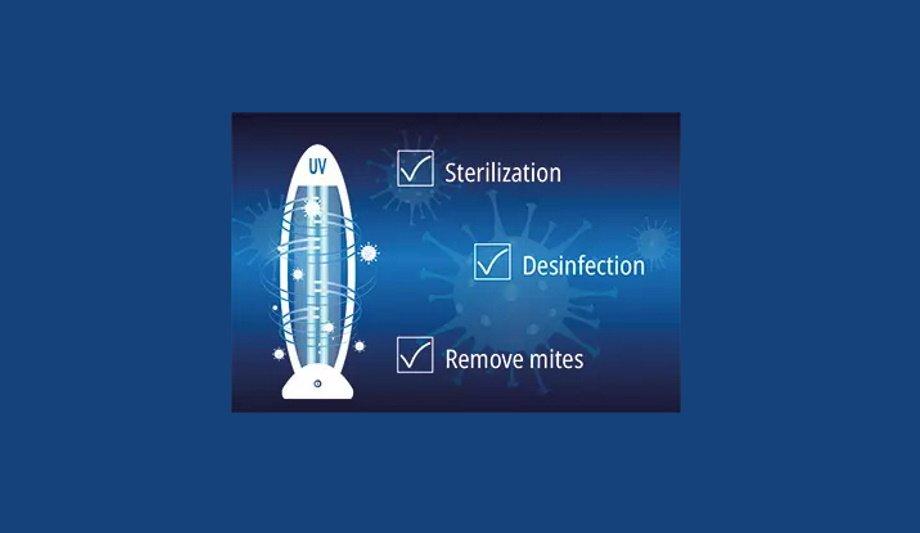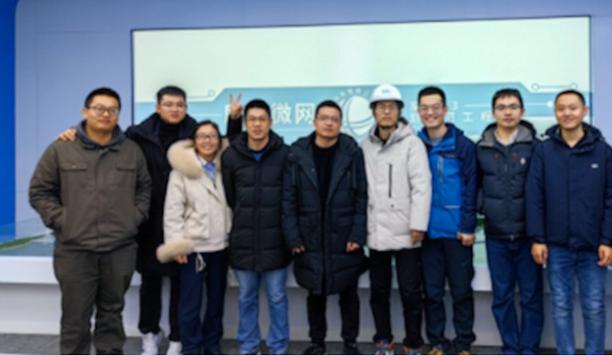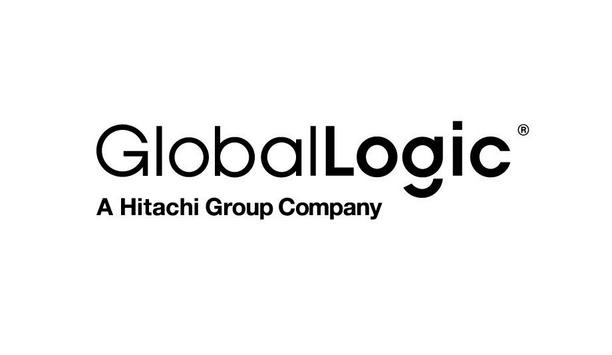Ultra-violet (UV) radiation is an effective non-contact disinfection method, killing microbes, bacteria, and viruses, including COVID-19, on most surfaces, in water, and in the air. The short wavelength, high energy photons disrupt the RNA/DNA in the cellular structure of microbes and also create free radicals which damage the genomes of viruses, introducing defects that rapidly kill the pathogen.
It is this disrupting and oxidizing effect that makes UV disinfection so effective and useful and makes it more appropriate in many cases than any other chemical or high-temperature disinfection method.
safer to use LED technology
Mercury discharge lamps convert only about 20% of the electrical power into UV radiation
Traditionally, short-wavelength UVA, UVB, and UVC light has been generated by using mercury vapor lamps, but nowadays it is more efficient, greener, and safer to use LED (light emitting diode) technology instead. Mercury discharge lamps convert only about 20% of the electrical power into UV radiation, the remainder being lost as IR radiation.
This makes them hot and uncomfortable to use in confined spaces. They also run with very high excitation voltages which are a safety hazard, especially in wet or humid environments, contain toxic mercury vapor which makes recycling a problem, and are fragile and easily broken.
Different LED types
UV LEDs are, on the other hand, more flexible and robust, immune to moisture, operate at lower voltages, and are more cost-effective than mercury discharge lamps. LEDs are also more easily dimmable, allowing more accurate UV radiation dosages than mercury vapor lamps.
The other big advantage is that they are more easily tuned by selecting different LED types, capable of generating UVA (315-380nm), UVB (280-315nm), or UVC (200-280nm) or any mixture of these wavelengths.
Thus, the same PCB layout could be used for many different purposes. For example, a combination of blue/white visible and UVA LEDs could be used to treat secondary infections such as MRSA or to eliminate contaminants in the air or water supplies.
High-intensity UVC LEDs
Like all visible high-power LEDs, UV LEDs should be driven from a constant current source
Visible and UVA radiation has the advantage that with limited dosage levels, there is no harmful effect on human skin or eyes. Alternately, when populated with high-intensity UVC LEDs, the same design could be used as a powerful disinfection lamp, blocking the replication of viruses or bacteria by emitting intense UV radiation that has been fine-tuned to the peak absorption wavelength of 265nm in order to disrupt their RNA/DNA strands.
Like all visible high-power LEDs, UV LEDs should be driven from a constant current source. The luminance is directly proportional to the current through the LED, not to the voltage applied across it.
The curve is very non-linear, so even small variations in the forward voltage of the LED would change the current through it significantly if it was operated from a constant voltage source. Furthermore, the forward voltage varies with temperature and between individual LEDs, even if they are from the same manufacturer.
LED Characteristics
The main difference between LEDs used for visible light and UV LEDs is the operational voltage range
However, if the LEDs are driven by a constant current source, any variations in forward voltage do not change the overall current (and thus the illumination).
The LED driver automatically compensates for any changes or drifts in the LED characteristics, keeping the light output level constant. This applies to both single LEDs and to chains of LEDs that all share the same current.
LEDs used for visible light and UV LEDs
The main difference between LEDs used for visible light and UV LEDs is the operational voltage range. 350 mA or 700 mA visible light LEDs typically start to shine with a forward voltage of 3-4 VDC, but the more energetic UV LEDs typically require 5-6 VDC across them.
This means that if they wanted to assemble, say, an LED lamp with five high-power LEDs and a constant current of 350 mA, then they would need a higher voltage power supply for UV LEDs than for the same number of visible light LEDs.
Mix UV and visible light LEDs
If more shine is needed, then add more LEDs in series so that the current of every LED stays steady
It is not recommended to operate high-brightness LEDs with strings in parallel because the differences in combined forward voltage for each leg of the string would result in an imbalance in the current flowing through each leg.
If more illumination is needed, then simply add more LEDs in series so that the current (and therefore the brightness) of every LED stays constant. The disadvantage is that a higher supply voltage is needed for long strings.
On the other hand, it is permissible to mix UV and visible light LEDs in the same string as long as all of the LEDs have the same current rating, even if they have very different forward voltages. This may be useful as a visible warning that the UV LEDs are active by including a white or color LED in the chain, as well as clearly showing the beam pattern spread of the LED optics so the area of application can be more readily seen.
RCDE-48-xxx series
RECOM offers the RCDE-48-xxx series with pre-calibrated maximum output currents of 350 mA, 700 mA, or 1050 mA and an input voltage of up to 60 VDC (sufficient to drive up to 10 UV LEDs). In addition to being very low cost, the RCDE-48 series also has a dimming input pin which can also be used as an enable/disable (pull low to turn off the output, leave open, or pull high to turn on).
The output current is linear with the voltage applied to this pin, so the dosage can be accurately controlled with either an external control voltage or a manual potentiometer. In addition, the dimming can be controlled using a PWM (Pulse Width Modulation) signal for very precise 0-100% dimming using a microcontroller GPIO pin.
RCDE-48 LED driver
The RCDE-48 LED driver is also highly efficient (up to 97%), so portable battery-powered UV and visible light lamps can be easily constructed with long operational use times. A fully-featured mains-powered UV disinfection lamp can be simply constructed using just three low-cost RECOM components and a simple IC timer on a PCB measuring <50 mm², comprising of:
- RAC20-48SK board mounted AC/DC power supply, which has a universal input from 85 VAC to 264 VAC, a built-in fuze, EMI filter, and a 48VDC regulated and short circuit proof output.
- RCDE-48-xxx board-mounted LED driver with constant current output and linear dimming/enable input and 350 mA, 700 mA, or 1050 mA maximum LED drive current.
- R-78HE5.0-0.3 board-mounted switching regulator module to efficiently drop the 48 VDC supply voltage down to 5 VDC @ 300mA without the need for any heatsinking (a linear regulator could run hot with such a big voltage drop across it.)
UV disinfection applications
For UV disinfection applications where a dimming control is not needed, then an AC/DC constant current LED driver can be used. RECOM offers a low-cost, safety-certified, 20W constant current LED driver in a very low profile of 13 mm height so the complete UVC LED PCB and driver could easily be built into the ceiling of a small UVC irradiation chamber.






